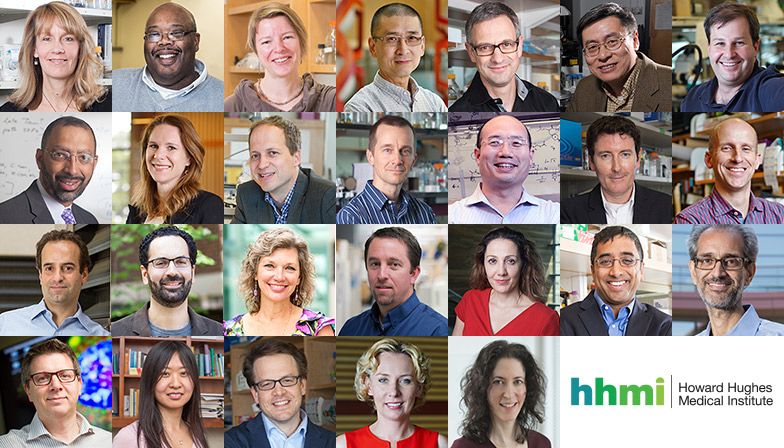In the Galactic Public Archives film Click Here for Happiness Prof. Yair Amichai-Hamburger contends that even though technology allows us to connect with one another in unprecedented ways, “loneliness is the disease of the 21st century.” From Hamburger’s perspective, communication technology (coupled with human nature) tempts us to mistake superficial connections for meaningful ones, urges us to value quantity over quality. It creates new opportunities for experiencing the best of what it means to be human, but often our interaction with technology suggests something more akin to an addict on a new drug.
Therapist and author Esther Perel uses this film to explore our ‘existential aloneness’ through a different lens. Much as technology continues to open new doors for connection, the rapid cultural changes of the past 100 years allow us to choose the sort of life we wish to live. We make our most important connections by choice instead of having them mandated to us by tradition. But as is the case with technology, sometimes it isn’t clear if we are primed to use these new opportunities to build more fulfilling lives or simply to frustrate ourselves, building a world where more people feel alone.
Has our increased valuing of independence and self-fulfillment created a fatal conflict with the romantic ideal of ‘the couple?’ Can we have it all or do we need to choose between freedom and belonging? Perel isn’t sure that we can have it all, but she thinks that we can carve out a path that delivers more to more of us than would a retreat into tradition. “Let’s not romanticize the past. I don’t think that the fate of women in those marriages was particularly glorious. It seems that quite a few people were waiting to get out.” Perel argues that the only way that the future of ‘the couple’ can be navigated satisfactorily is if we continue to build upon the social progress of the past century. “You need two people who have equal power to have this communication, or to have this negotiation even able to take place without it being a power maneuver. If it doesn’t happen between two emancipated people it [becomes] a power system, which it was throughout history.”
What do you hope to build in a relationship? What connections do you value? What are your boundaries?

 Minutes later, I receive a Google Calendar link for my approval. It asks that our meeting be scheduled for next Wed from 21:30 to 22:00,
Minutes later, I receive a Google Calendar link for my approval. It asks that our meeting be scheduled for next Wed from 21:30 to 22:00,  Please don’t make me translate your Indian Standard Time. I will get it wrong. I always do.
Please don’t make me translate your Indian Standard Time. I will get it wrong. I always do.



